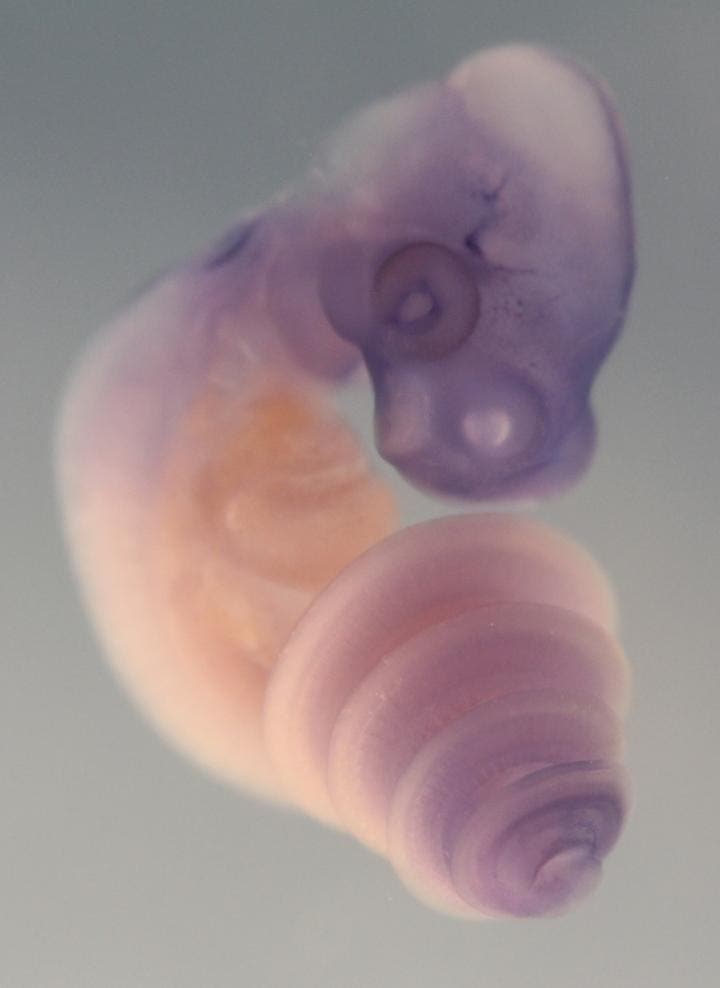It’s something kids (and even grownups) often ask – why are snakes so long? When we think of animals, they generally have a head, a body, and limbs, but snakes only have a head and a very long body, so what makes them so different? Researchers from Portugal believe they finally have the answer.
A research team led by Moisés Mallo from Instituto Gulbenkian de Ciência (IGC, Portugal) has uncovered the mechanisms controlling the tissues that form the trunk, including the skeleton and the spinal cord. Their experiments have shown that the key is a gene called Oct4 one of the essential regulators of stem cells. However, it’s interesting to note that several other vertebrates contain the same gene, without having a similar body structure.
“We had found that Oct4 is the switch that leads to trunk formation, still we couldn’t explain the different trunk length observed in vertebrates, particularly in snakes. Therefore, we tested if this switch was being turned on or off during different periods of embryonic development in snakes compared to mice.”
What they found was that the gene remains active much longer in snakes than it does in other animals. If the gene was switched off sooner, then the snakes wouldn’t grow so long.
“The formation of different body regions works as a strong-arm contest of genes. Genes involved in trunk formation need to start ceasing activity so that the genes involved in tail formation can start working. In the case of snakes, we observed that the Oct4 gene is kept active during a longer period of embryonic development, which explains why snakes have such a long trunk and a very short tail”, says Rita Aires, who was also involved in the study.
The team also found that the gene emerged sometime during their reptile evolution, based on its DNA location.
The development of the body structure is generally dictated by genetic activity, so this doesn’t really come as a surprise. However, finding the mechanism which ensures this growth could enable us to better understand the development of other creatures and in time, it could even provide some medical benefits. Researchers are especially interested in the regeneration of bones and the spinal cord.
“We identified a key factor that allows essentially unlimited growth of trunk structures, as long as it remains active. Now we will investigate if we can use the Oct4 gene and the DNA region that maintains its activity to expand the cells that make the spinal cord, trying to regenerate it in case of injury.”
“We identified a key factor that allows essentially unlimited growth of trunk structures, as long as it remains active. Now we will investigate if we can use the Oct4 gene and the DNA region that maintains its activity to expand the cells that make the spinal cord, trying to regenerate it in case of injury.”











